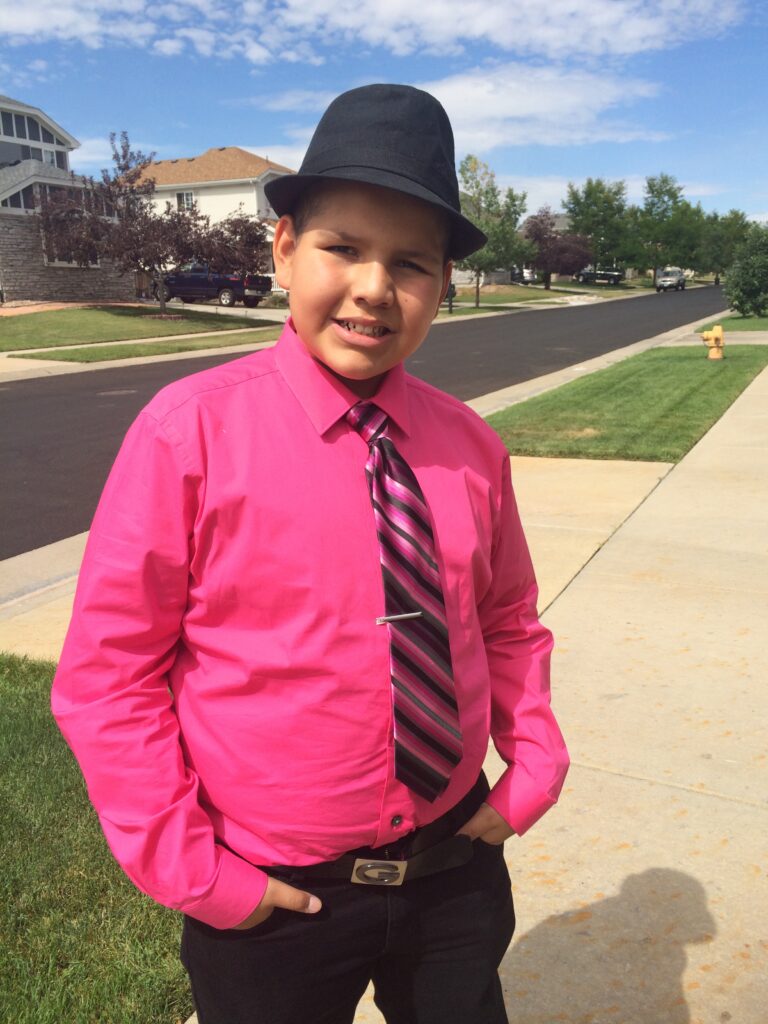
The Cutting-Edge Tools Powering our Pediatric Cancer Research
This month, instead of focusing on one breakthrough study, we’re highlighting the technologies that makes so many of our game-changing projects possible.
Your donations are powering truly incredible tools that allow scientists to look deep inside cancer cells, track how they grow and respond to treatments, and even explore how cells talk to each other. This kind of detailed understanding is helping researchers develop smarter, more personalized treatments for kids with cancer.
Your ongoing generosity means we’re able to continue fund the purchase and maintenance of technologies that allow our researchers to explore cancer at an unprecedented resolution – from the level of individual cells to the broader molecular networks driving tumor development and resistance.

These cutting-edge tools enable our doctors and researchers to:
Want to learn more about the science behind this and other studies you’re helping to fund?
Why This Matters
Pediatric cancers are complex and diverse, and the technology available to researchers is more powerful than ever before.
The newest technology helps researchers better understand childhood cancers – not just at the surface level, but deep down at the genetic and cellular level. With this kind of detailed insight, doctors and scientists can:
These insights pave the way for curing more kids, with fewer side effects and better long-term outcomes, offering hope to children and families worldwide. And thanks to these amazing technologies – funded by donors like you – we’re getting closer every day!
Learning more about the lives you’re supporting
Meet Gabe, diagnosed with Medulloblastoma at 9
Gabe was a normal, healthy, and active boy who was 9 years old and had just started 4th grade when the headaches started. One day, he got so dizzy that he could not hold himself up. Gabe was rushed to the ER and admitted to Children’s Hospital Colorado after a CT scan showed a mass in his brain and excess spinal fluid.
An MRI confirmed that Gabe had a brain tumor, so Gabe underwent emergency surgery the next day and most of the tumor at the base of his brain was removed. He was diagnosed with stage 4 medulloblastoma, a brain tumor that had already spread to his spine.
Following surgery, Gabe spent a month in the hospital before beginning treatment, which consisted of 6 weeks of daily radiation and 6 months of high-dose chemotherapy. Treatment was incredibly difficult for Gabe; it made him very sick and weak. Gabe survived, but he will have health complications and fear of the cancer returning for the rest of his life.
Gabe didn’t get to be a ‘normal teenager.’ He had to adapt to life with the late effects of his treatments. Driving, playing sports, and even everyday tasks can be a huge challenge for him. Cancer impacted every aspect of Gabe’s life.
Despite that, Gabe endured. He graduated from high school and completed an automotive program at a local technical college.
Today, Gabe is 21 years old and he has been cancer-free for nearly 10 years. He loves cars and anything that goes fast. Gabe has been a committed advocate for increasing childhood cancer awareness and research since he completed treatment.

How Research Helps Kids Like Gabe
The type of medulloblastoma Gabe had is called MYC-driven, which often has very poor outcomes. Dr. Rajeev Vibhakar’s research team identified that high levels of the gene CKD8 are common in MYC-driven medulloblastoma using the functional genomic screening described above.
The team studied how limiting CDK8 reduces MYC expression and slows the growth of medulloblastoma cells. They have identified a drug that targets CDK8 and are working toward opening a new clinical trial with this treatment.
If this treatment had been available for Gabe, he might not have needed such a high dose of radiation at a young age that have resulted in the lifelong challenges he faces.
The harsh realities of treating childhood cancer patients with chemotherapy and radiation means a high risk of secondary cancer development, as well as devastating developmental, neurological, and emotional side effects. Because children are still growing, these effects can be especially damaging – and they live with them for the rest of their lives.
Want to learn more about the science behind this and other studies you’re helping to fund?